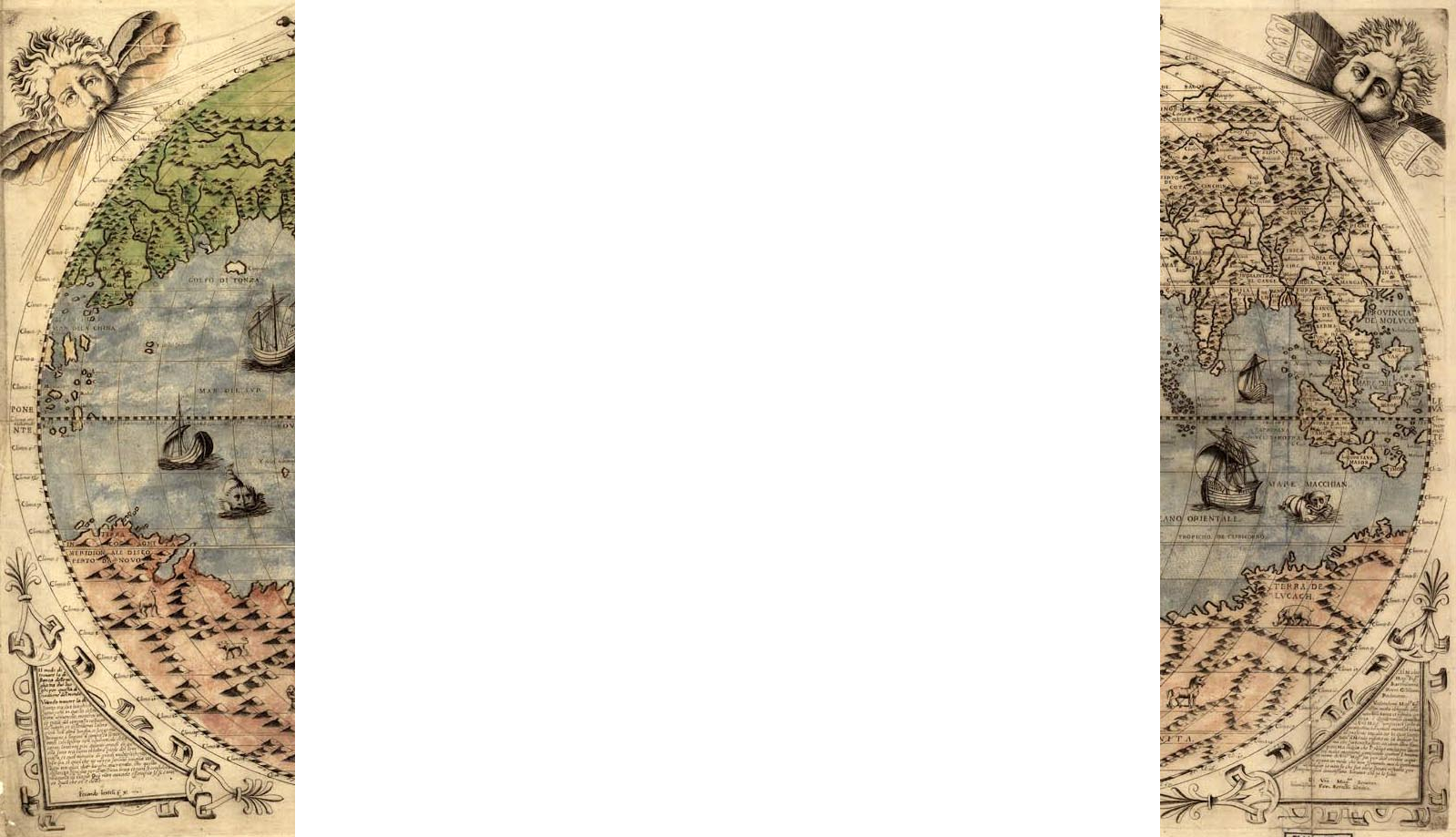Christine Keiner, Deep Cut: Science, Power, and the Unbuilt Interoceanic Canal. University of Georgia Press, 2020. Paperback ISBN: 978-0-8203-3895-8, 271 pages. Open Access ebook available through the Sustainable History Monograph Pilot (SHMP).
by Penelope Hardy
 In the past year, thanks in large part to the plight of the container ship Ever Given, which managed to get stuck in the Suez Canal in March 2021, the broader public has paid more attention than usual to canals. While old hat for scholars of the maritime, this awareness of global shipping is new for much of the public, who suddenly realized the extent of their reliance on maritime supply chains and the fragility of an industry that relies on such choke-points to supply the global economy.
In the past year, thanks in large part to the plight of the container ship Ever Given, which managed to get stuck in the Suez Canal in March 2021, the broader public has paid more attention than usual to canals. While old hat for scholars of the maritime, this awareness of global shipping is new for much of the public, who suddenly realized the extent of their reliance on maritime supply chains and the fragility of an industry that relies on such choke-points to supply the global economy.
In Deep Cut: Science, Power and the Unbuilt Interoceanic Canal, historian of science Christine Keiner provides some deeper history on that other major canal route, the one in Panama. No, not that Panama Canal. Keiner here details the long history of efforts to build a sea-level canal across the American isthmus, first as an initial canal and later to replace the Panama Canal with its multiple locks, which was completed in the early twentieth century and within decades was already approaching obsolescence.
The sea-level replacement canal, upon which most of the book focuses, was long planned but never built, making it in one sense “a spectacular failure” (1). Yet Keiner convincingly argues that paying attention to the history of this failure, and to the failure of unbuilt technological mega-projects more broadly, is a worthwhile endeavor. Schemes for a new canal morphed over time as new technologies were developed and contested, and they involved not just the political contention around American hegemony in Latin America and Cold War concerns over the potential vulnerability of shipping, but also the contested expertise of a range of characters from engineers and advocates for the peaceful use of nuclear explosives to marine ecologists and environmentalists. Keiner also demonstrates that the unbuilt canal’s mere existence as a proposal served numerous purposes over the nineteenth and twentieth centuries, providing a field for scientific and technological imagining, but also a political means to address challenges ranging from the complicated US relationship with its southern neighbors, to the 1970s oil crisis, to increasing engagement with environmental issues in the latter portion of the twentieth century. In some sense, then, the planning was not a failure, as it was successfully leveraged for many other purposes.
Readers of Keiner’s first book The Oyster Question will recognize her adroit handling of many multiple threads, tying political, diplomatic, maritime, technological, and environmental histories into a compelling narrative that is accessible to multiple audiences. Historians who have addressed the sea-level canal project have tended to focus on the flashy Project Plowshare, the mid-twentieth-century scheme for mega-project construction through nuclear excavation. Keiner includes those plans, which lasted longer than those unfamiliar with the project would likely guess, but she demonstrates that contention over a potential new canal did not begin and end with contention over the use of nukes. In particular, she examines the roles of a new legal instrument—the environmental impact statement, which arose from the requirements of the National Environmental Policy Act of 1969 and seemed to take even the bill’s sponsors by surprise—and a new scientific sub-discipline that would become invasive species ecology, whose practitioners raised fears of the spread of marine predators from Pacific to Atlantic without the freshwater barrier inherent in the current canal’s lock-and-lake system. Keiner concludes by nodding to other proposed mega canal projects around the globe. As the consequences of Panama’s recent expansion of the existing canal demonstrates, “[g]lobal climate change is rendering it much more difficult to manage all kinds of infrastructural systems,” so planners of new or expanded mega-projects must deal not just with potential species exchange but also changing weather patterns and increasingly fraught issues around fresh water (184).
The book deserves attention from readers interested in maritime affairs, who may be particularly interested in the sheer length of historical concern over the canal’s functionality and vulnerability; in the history of technology, particularly of high modernism, technological mega-projects, and the history of failure; and in the growth of environmental lobbying, the ecological sciences, and their interactions with government. It also provides a fascinating angle on American political involvement in the isthmus, especially from the 1940s through the 1970s.
Penelope K. Hardy is an historian of science, technology, and medicine, and an assistant professor at the University of Wisconsin-La Crosse. She researches the history of ocean science and of its technologies.






